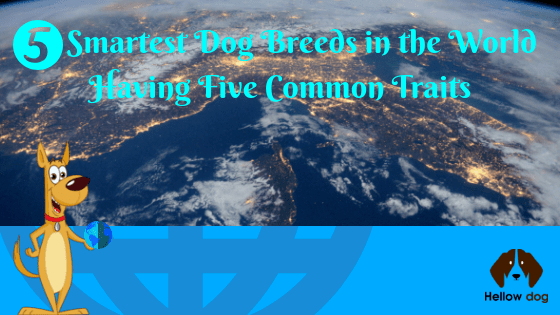If you’re a dog lover, then you know that our furry friends come in all shapes, sizes, and temperaments. Some are lap dogs that love to cuddle on the couch, while others are energetic and always ready for adventure. But what about dogs that thrive in the coldest places on Earth? These brave and resilient breeds are designed to withstand extreme temperatures, harsh winds, and even deep snow.
In this comprehensive guide, we’ll explore some of the most fascinating dog breeds that call the coldest regions of the world their home. From the majestic Siberian Husky to the fluffy Samoyed, we’ll delve into the unique traits and characteristics that make each of these breeds so special. So, grab a cup of hot cocoa and get ready to learn about some of the toughest and most lovable dogs on the planet.
I. Siberian Husky
Siberian Huskies are an ancient breed of sled dogs that originated in Siberia. They are known for their distinctive wolf-like appearance, friendly personalities, endurance, and exceptional sense of direction. Siberian Huskies require plenty of exercises and positive training but make loyal and affectionate companions for active families. They are the best choice for colder climates due to their thick double coats and natural ability to withstand extreme temperatures.
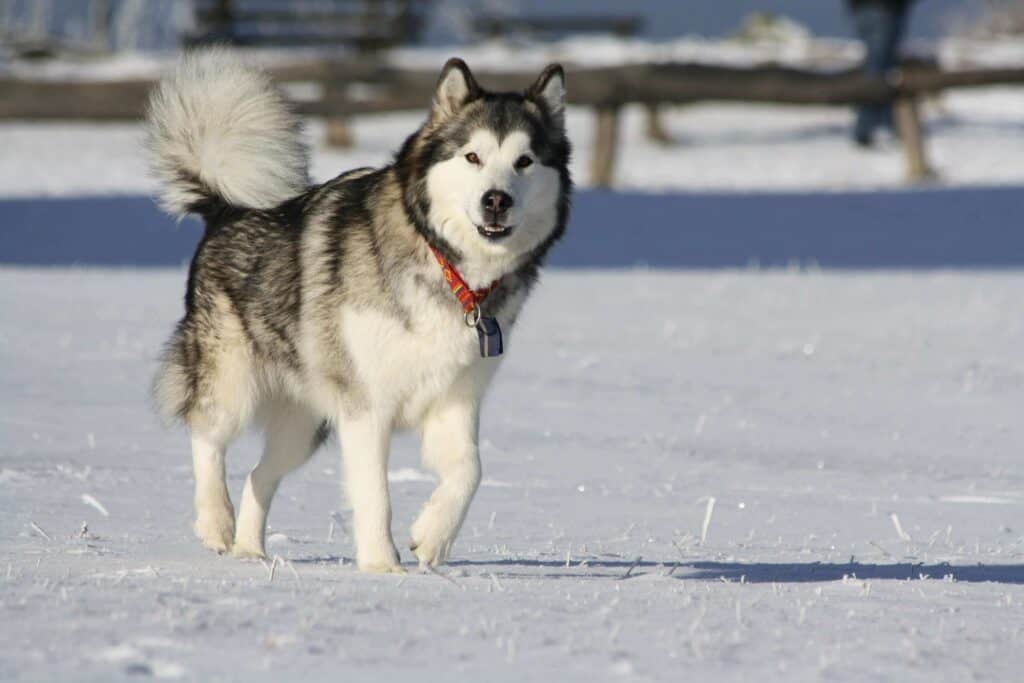
II. Alaskan Malamute
Alaskan Malamutes are a powerful and friendly Arctic sled dog breed that originated from Alaska. They have a wolf-like appearance and thick double coat that allows them to withstand extreme cold. Alaskan Malamutes are highly intelligent, and independent, and require plenty of exercise and positive training. They excel at pulling sleds and carrying heavy loads, making them ideal for colder climates where they can be a loyal and active companion.
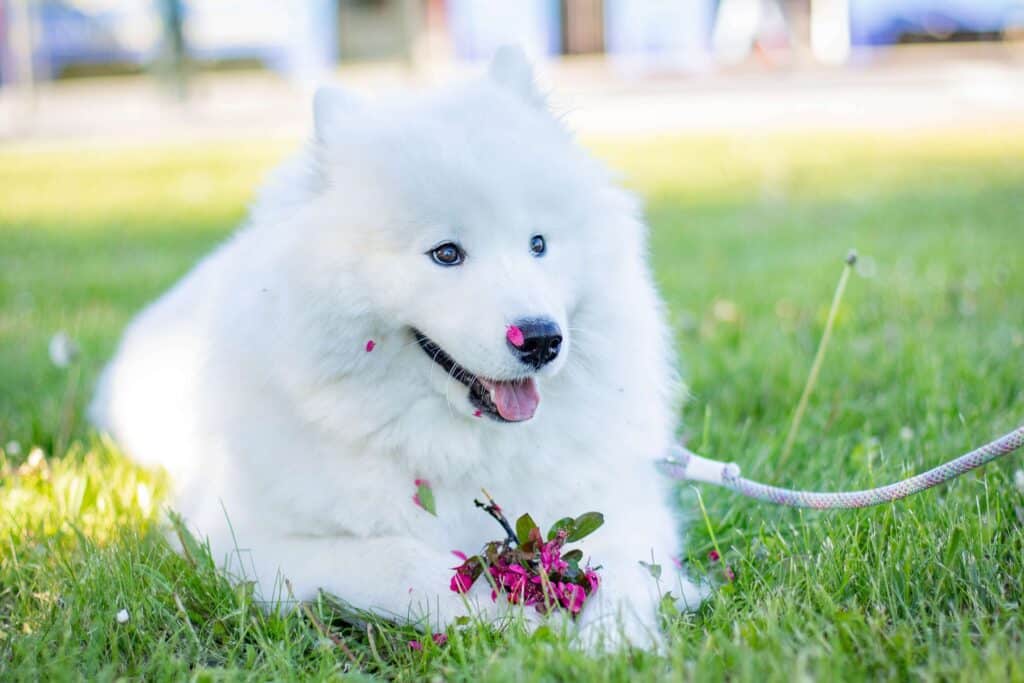
III. Samoyed
Samoyeds are a medium-sized spitz-type breed with a thick white double coat, originating from Siberia. They have a friendly, affectionate, and playful personality, making them excellent family pets. Samoyeds are natural sled dogs with a strong prey drive, and their thick double coat allows them to withstand extreme cold, making them ideal for colder climates. They require plenty of exercise and mental stimulation, and consistent positive training to prevent destructive behaviors.

IV. Tibetan Mastiff
Tibetan Mastiffs are a large breed with a long history of guarding and protecting livestock and families in Tibet. They have a thick double coat and powerful build, making them well-suited to colder climates. Tibetan Mastiffs are loyal, protective, and independent, and can be wary of strangers, making them excellent guard dogs. They require firm and consistent training, socialization, and plenty of exercise to keep them happy and healthy.
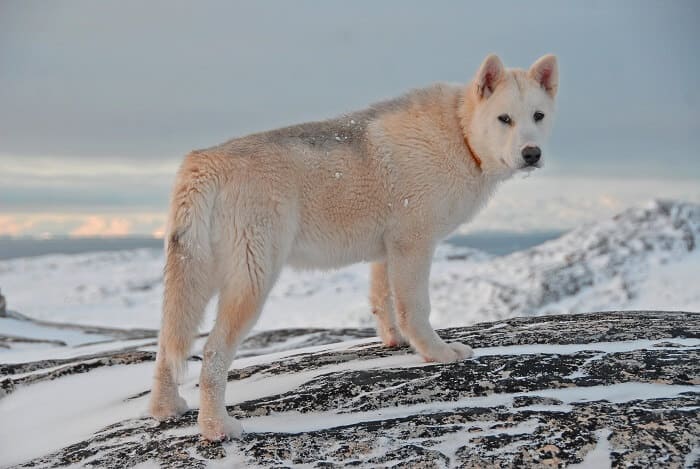
V. Greenland Dog
Greenland Dogs are a large and ancient breed originally used by the Inuit for pulling sleds and hunting in the Arctic. They have a thick, waterproof double coat that enables them to withstand extreme cold and harsh weather conditions. Greenland Dogs are loyal, friendly, and hardworking, and make excellent sled dogs and companions for those who enjoy outdoor activities in cold climates. They require consistent and positive training, and plenty of physical and mental stimulation to keep them happy and healthy.
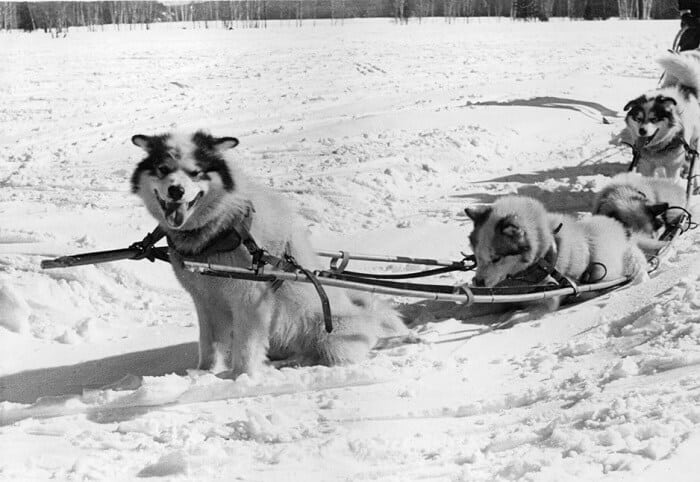
VI. Canadian Eskimo Dog
The Canadian Eskimo Dog is a powerful and resilient breed that has been a crucial part of life in the Arctic for centuries. These dogs have thick fur, strong bodies, and a fierce loyalty to their owners. They are highly intelligent and adaptable, able to navigate difficult terrain and extreme weather conditions with ease. Training and socialization are important for these dogs, as they have a strong prey drive and need plenty of exercise to stay healthy and happy. For those living in the coldest places on Earth, the Canadian Eskimo Dog is an excellent choice for a companion and working dog.

VII. Finnish Lapphund
The Finnish Lapphund is a hardy, medium-sized breed that originated in Lapland, Finland. They have thick, weather-resistant coat that comes in a range of colors, and their friendly and loyal personality makes them great family pets. Finnish Lapphunds are also highly adaptable and have a strong work ethic, which makes them ideal for living in cold climates and performing tasks such as herding and pulling sleds.
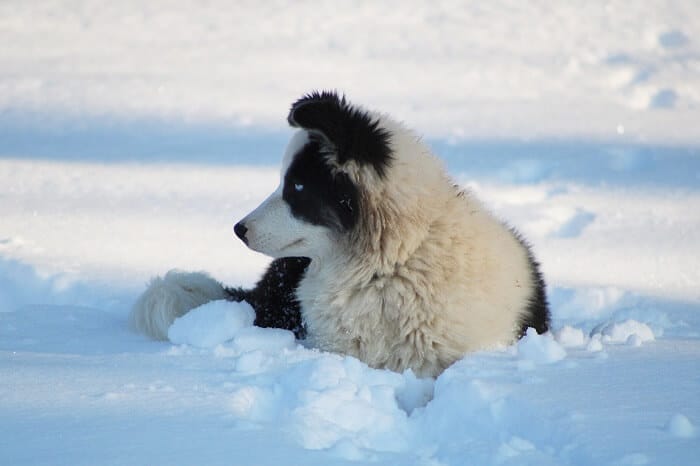
VIII. Yakutian Laika
Yakutian Laika is a breed of spitz-type dogs originating from the Siberian region of Yakutia. They are highly adaptable to extreme cold weather conditions, thanks to their thick and dense double coat. Yakutian Laikas are loyal, intelligent, and independent dogs that can be used for herding, hunting, and sledding. They have a strong prey drive and require early socialization and training to be good family pets. Yakutian Laikas need plenty of exercise and mental stimulation to be happy and healthy, making them an excellent choice for people living in cold climates who enjoy outdoor activities such as hiking, skiing, and sledding.
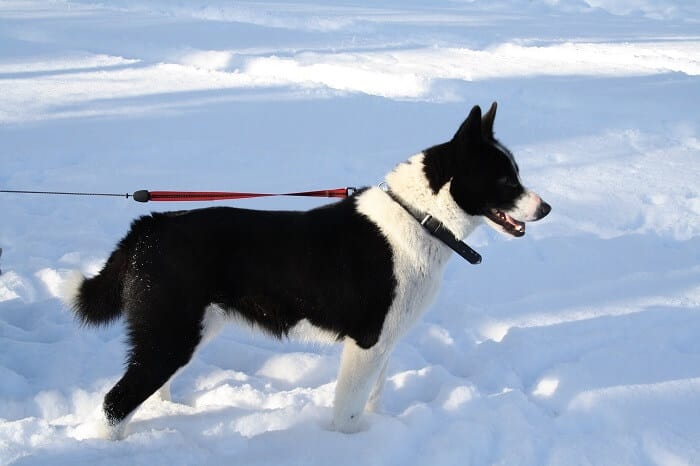
XI. Karelian Bear Dog
The Karelian Bear Dog is a courageous and powerful breed originally from Finland, bred to hunt large game such as bears and moose. They have a distinctive black and white coat, a wedge-shaped head, and alert, intelligent eyes. Despite their hunting background, they can make loving and loyal pets with proper socialization and training. Karelian Bear Dogs have a strong sense of independence and are known for their tenacity in tracking and treeing game. They require consistent training and exercise, as they have high energy levels and need plenty of mental stimulation. Due to their thick fur coat, Karelian Bear Dogs are well-suited for colder climates and can thrive in the coldest places on earth.
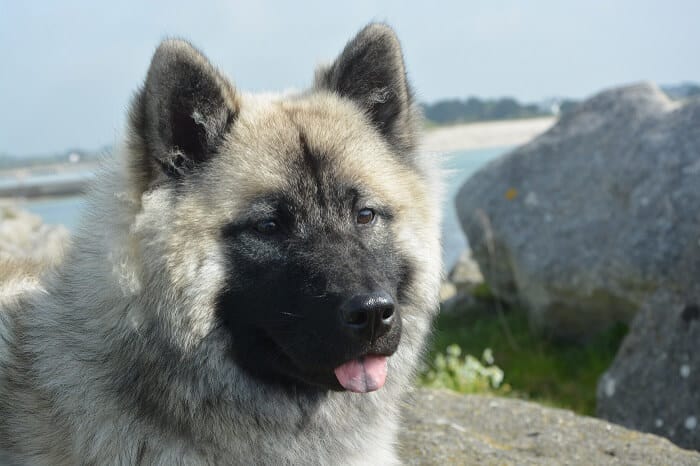
X. Norwegian Elkhound
Norwegian Elkhounds were originally bred to hunt moose and other big game in Norway. They are a medium-sized breed with a thick, grey coat and a distinctive curled tail. Norwegian Elkhounds are known for their loyalty, intelligence, and high energy level. They make excellent family dogs but require a lot of exercise and mental stimulation. Norwegian Elkhounds have a keen sense of smell and make excellent tracking dogs. They are also known for their strong prey drive and need for early socialization and training.
Norwegian Elkhounds are well-suited for cold climates due to their thick coat and hardy nature. They were bred to work in harsh, snowy conditions and have a high tolerance for cold temperatures. Additionally, their hunting instincts and tracking abilities make them well-equipped for surviving and thriving in the wild.
XI. Lapponian Herder
The Lapponian Herder is a highly adaptable working dog that originates from Lapland. They have a strong and athletic build with a dense, weather-resistant coat. Lapponian Herders are known for their intelligence, loyalty, and gentle nature, making them great family pets as well as reliable working dogs. They excel in herding, sledding, and other outdoor activities. With their thick fur coat, endurance, and ability to work in harsh weather conditions, Lapponian Herders is a great choice for living and working in cold climates.
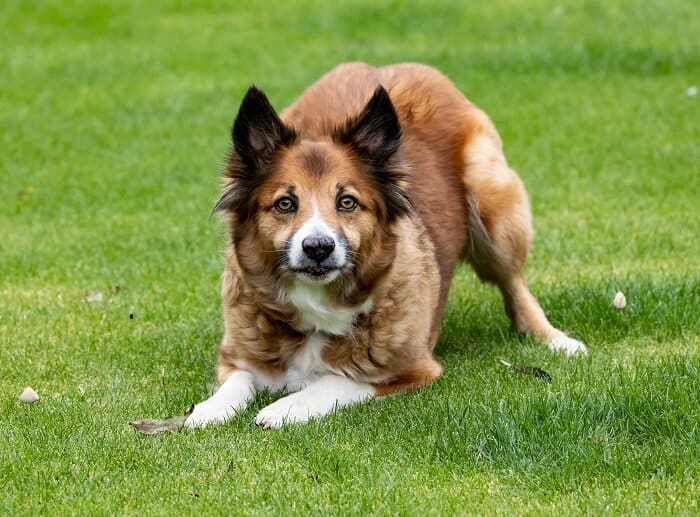
XII. Icelandic Sheepdog
The Icelandic Sheepdog is an ancient breed that has been around since Viking times, originally used as a herding dog for Icelandic farmers. They are small to medium-sized spitz-type dogs with thick double coats that come in a variety of colors. Icelandic Sheepdogs are known for being friendly, energetic, and loyal companions. They have a unique ability to herd not only sheep but also horses and cattle. These dogs require regular exercise and mental stimulation to prevent boredom and destructive behavior. Due to their thick coats and hardy nature, Icelandic Sheepdogs are well-suited for cold climates and are great for living in the coldest places on Earth.
XIII. East Siberian Laika
The East Siberian Laika is a breed that originated in Russia and was primarily used for hunting and sled pulling. They have a thick coat of fur and a muscular build, making them well-suited to the harsh winters of Siberia. These dogs are known for their loyalty, intelligence, and independent nature, making them great companions for experienced dog owners who can provide them with proper training and socialization. They have a strong prey drive and a keen sense of smell, which makes them excellent hunters. The East Siberian Laika is well-suited to cold climates and can thrive in harsh weather conditions, making them ideal for living in the coldest places on Earth.
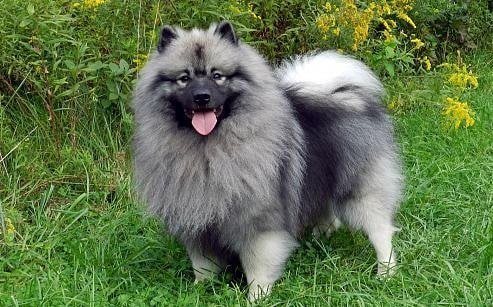
XIV. Keeshond
Keeshonds were originally bred in the Netherlands as companion dogs and watchdogs on riverboats. They have thick, plush coats and distinctive “spectacles” markings around their eyes. Keeshonds are known for being friendly, intelligent, and energetic dogs who love to be around people. They are also excellent watchdogs and will alert their owners to any potential danger. Due to their thick coat and hardy nature, Keeshonds are well-suited for colder climates and make great pets for those living in cold, snowy regions.
XV. Northern Inuit Dog
The Northern Inuit Dog is a relatively new breed that originated in the 1980s in the UK by crossing Siberian Huskies, Alaskan Malamutes, and German Shepherds. They are large, muscular dogs with thick coats that come in a variety of colors. Northern Inuit Dogs are known for their friendly, loyal, and intelligent personalities, making them great family pets. They also excel at outdoor activities such as hiking and sledding. Due to their thick coats and sturdy build, Northern Inuit Dogs are well-suited for cold climates, making them a great choice for living in the coldest places on Earth.

XVI. Chinook
The Chinook is a rare breed of sled dog that originated in the United States, specifically in New Hampshire. Developed in the early 1900s, they were bred for their strength, endurance, and friendly disposition. Chinooks are medium to large dogs, with a muscular build, and a thick double coat that can come in shades of tan, red, or buff. They are known for being gentle, loyal, and affectionate with their families, but can also be reserved with strangers. Chinooks are intelligent and trainable and excel in activities such as sledding, skijoring, and obedience competitions. They require daily exercise and mental stimulation and thrive in cold climates.
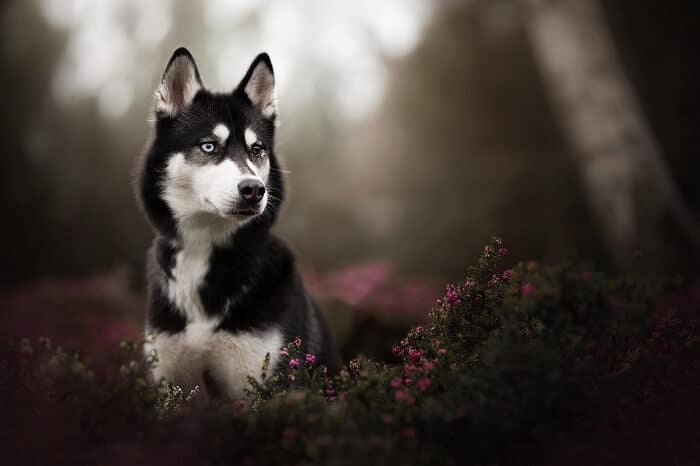
XVII. Sakhalin Husky
The Sakhalin Husky is a rare and ancient breed originating from Japan’s northernmost island of Sakhalin. These dogs are known for their thick, fluffy fur and strong, muscular build. They were originally bred for sled pulling and hunting, and have a high endurance and stamina for cold weather activities. The Sakhalin Husky is a loyal and friendly breed, with a gentle and affectionate temperament. They are highly intelligent and trainable, making them great working dogs. Due to their thick fur and high energy levels, they require regular exercise and plenty of space to run and play.
XVIII. Entlebucher Mountain Dog
The Entlebucher Mountain Dog, also known as the Entlebucher Sennenhund, is a sturdy and energetic breed that originated in Switzerland. They were originally bred as herding dogs for cattle and are known for their agility and endurance. They have a distinctive tri-color coat that is short and smooth, with a black base and white and tan markings. They are loyal, intelligent, and independent, and make excellent family pets for those who can provide them with plenty of exercise and training. With their high energy levels and herding instincts, they thrive in active homes and excel at various dog sports such as agility and obedience.
Conclusion
These Dog Breeds from the Coldest Places on Earth article provides valuable insights into various dog breeds that are well-suited to live in some of the harshest environments on the planet. These dogs are not only physically adapted to cold weather conditions but also possess the temperament and personality traits that make them ideal companions for their human counterparts in these challenging settings. From the Alaskan Malamute to the Sakhalin Husky, each breed has unique characteristics, history, and abilities that make them fascinating and endearing. This article serves as a useful resource for anyone interested in learning more about these remarkable dogs and the role they play in the coldest places on Earth.
FAQs
What are the common health issues in dog breeds from cold places?
Dog breeds from cold places may be prone to health issues such as hip dysplasia, arthritis, and hypothyroidism. They may also be at risk of developing frostbite and hypothermia in extremely cold temperatures.
What are the recommended living conditions for these breeds?
These breeds are best suited for homes with large yards or in rural areas with plenty of outdoor space to exercise and explore. They thrive in cooler temperatures and need access to shelter to protect them from harsh weather conditions.
Are these breeds suitable for apartment living?
Most of these breeds are not suitable for apartment living as they require a lot of physical activity and space to roam. However, some breeds like the Norwegian Elkhound and Keeshond can adapt to apartment living if given enough exercise and attention.
What are the common temperamental traits in these breeds?
These breeds are known for their loyalty, intelligence, and independence. They have strong personalities and may require firm training and socialization from a young age.
What are the common grooming needs for these breeds?
Most of these breeds have thick, double coats that require regular brushing and occasional trimming. They may also need regular nail trimming, ear cleaning, and dental care to maintain their overall health and hygiene.
How can I best care for my dog during extremely cold weather?
During extremely cold weather, it’s important to keep your dog indoors as much as possible and limit their exposure to harsh weather conditions. Provide them with warm bedding, and access to water and food, and make sure they have proper shelter if they need to go outside.
What are some other factors to consider when adopting a dog from cold climates?
When adopting a dog from cold climates, it’s important to consider their exercise and activity needs, as well as their grooming and healthcare requirements. You should also research the breed’s temperament and compatibility with your lifestyle and living situation before making a decision.




